
Three Scratchbuilt 1/700 Ships
By Joel Christy
Introduction
A ship! Now that is an unusual subject for me! Scratchbuilding a ship came about after a conversation with a Royal Marine who had served on the HMS Warspite from 1939 to 1944. The Warspite was one of the most honoured ships in the history of the Royal Navy having seen the most action in the battle of Jutland and was used in almost all the theatres of World War Two. Anyway the Royal Marine veteran didn't have a model of his ship so I said I'd build him one; which I did. Now I had never scratchbuilt a ship before but I reckoned I could use most of the same techniques I have used for years to model aircraft. In fact Harry Woodman wrote a magazine article on building a large 1/250 scale ship, the pre-dreadnought Schleswig-Holstein using the same techniques, but he based his model on a paper card plan. It's an excellent piece and if you have access to a April 1973 issue of Scale Models it is well worth reading.
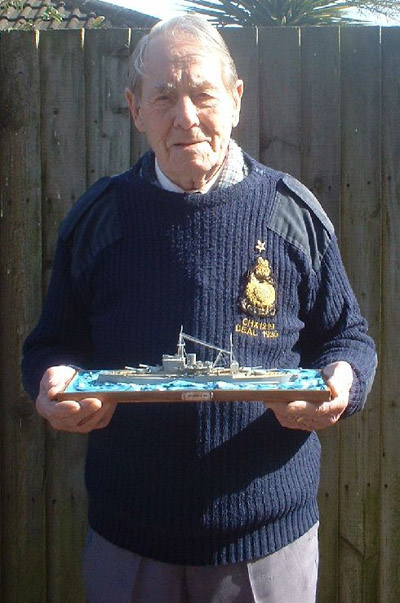

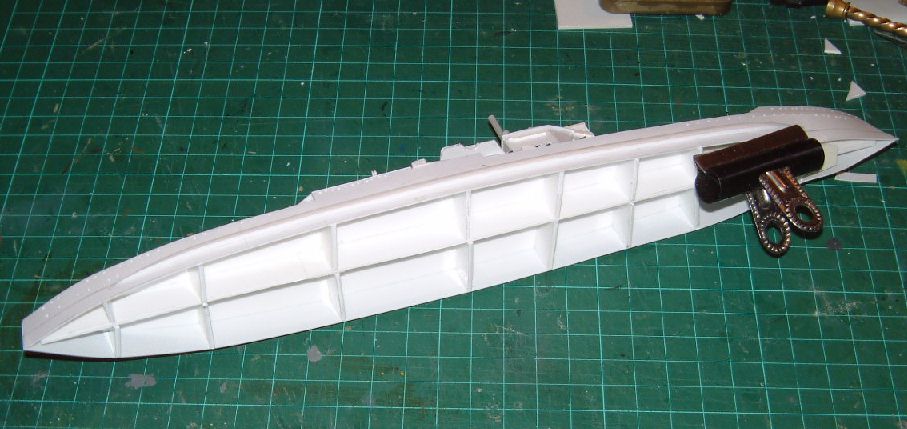
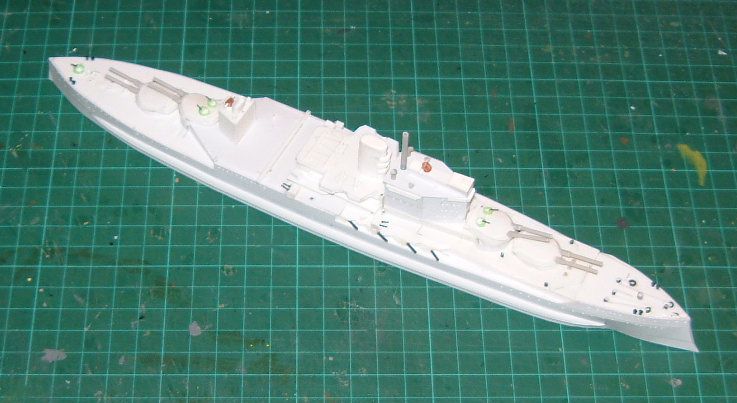
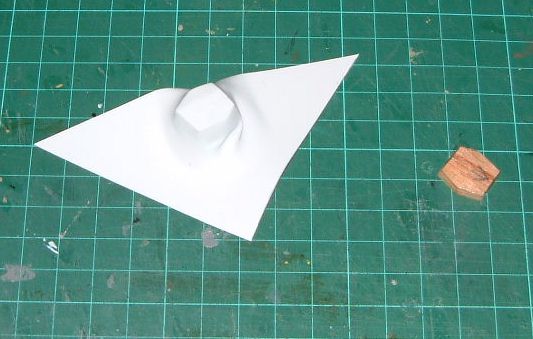
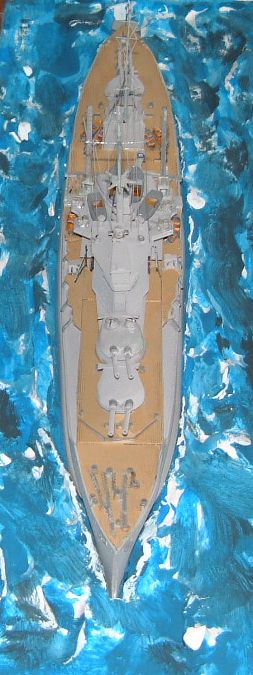
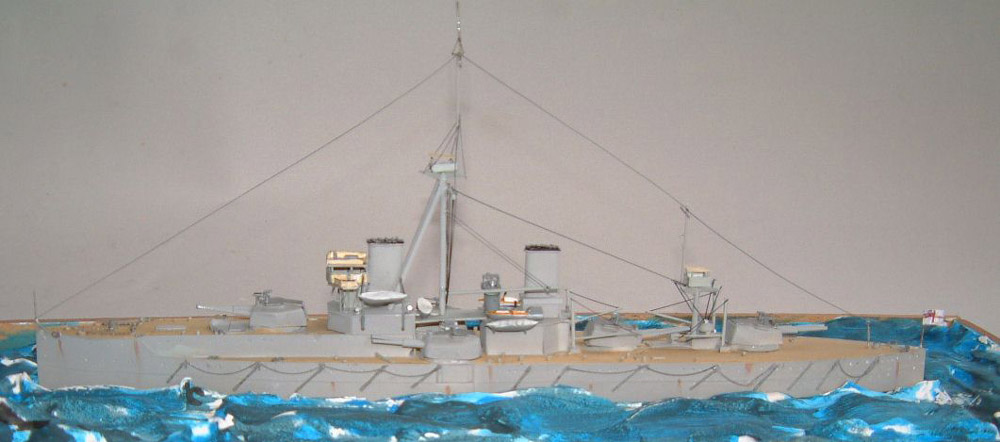
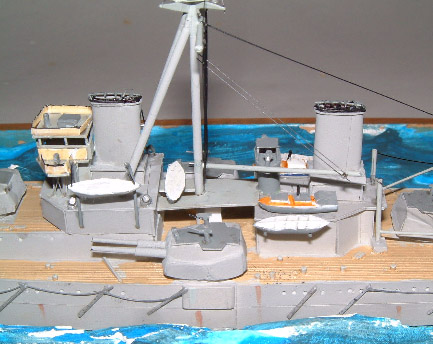
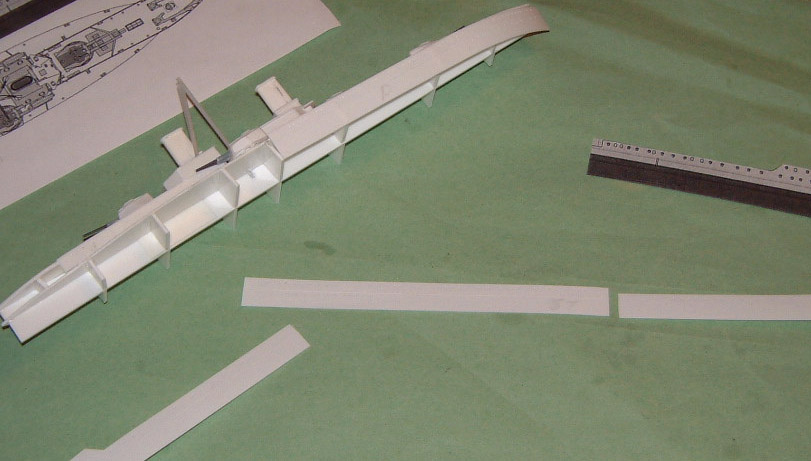
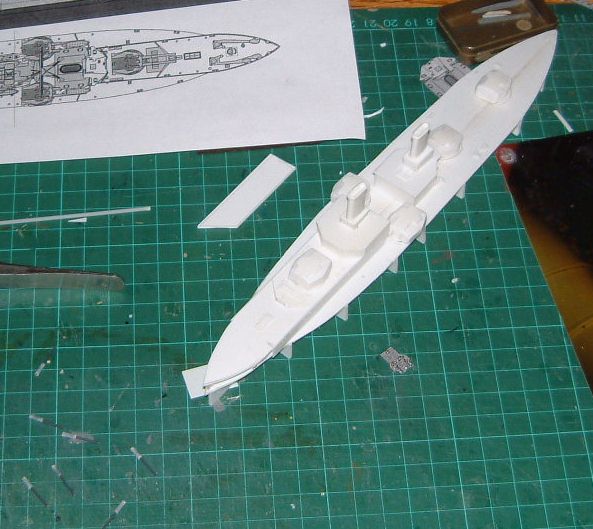
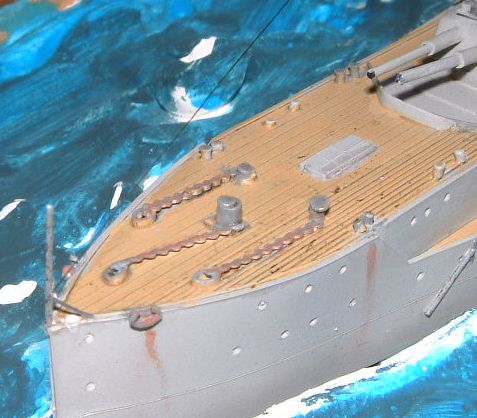
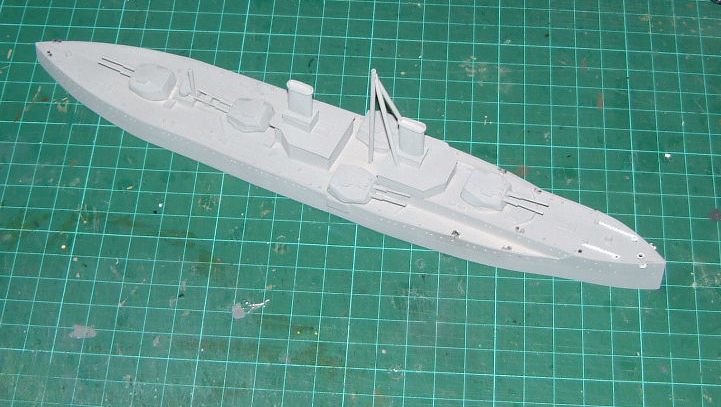


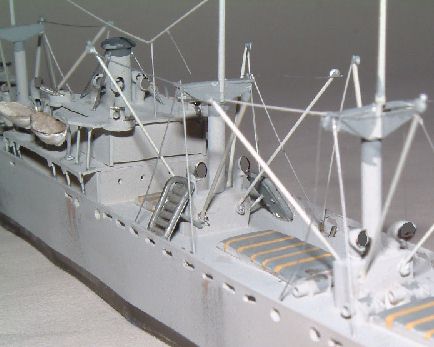
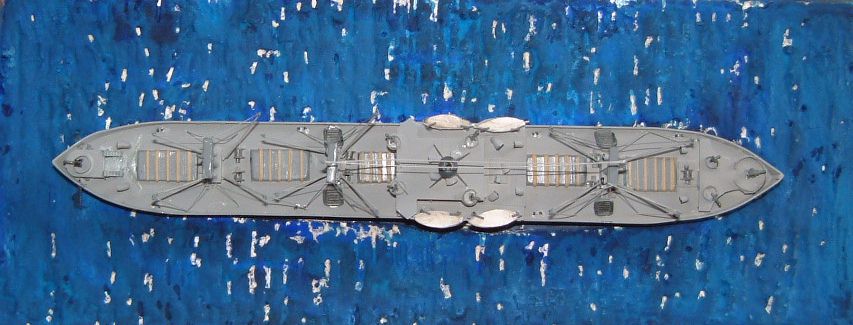
So having built the Warspite and making one 91 year old veteran overjoyed, I decided to build a ship for myself which turned out to be the HMS Dreadnought and it came out quite well. So well, that when I presented it to my local model club they were all amazed that it wasn't a kit. I was on a roll and have now produced a World War Two Liberty ship. What follows is a description of how I built all three models in 1/700 scale out of styrene plastic sheet.
As stated the HMS Warspite was one of the Royal Navy's most famous ships whilst the Dreadnought is considered the first of what is now regarded as a “battleship.” It was built only seven years before the Warspite and it is easy to see the similarities between the two types. The Liberty ship might be described as one of the most important weapons of World War Two. Over 2700 of these vessels were built and ended up transporting most of the troops, weapons and supplies for the subsequent allied victory. Of the total produced only two of these 14,000 ton ships remain seaworthy. It is a fascinating bit of maritime history and now I have a model of one.
The Models
Plans for all three ships were found on various websites which I scaled out to 1/700. I began each model by cutting the main deck out of 40 thou sheet. This gave me the basic shape and all the other features went on it. The basic structure is simplicity itself. A central spine of 40thou is glued to the underside of the deck and then small pieces of the same material are glued perpendicular to the spine. These pieces make up the side formers for the hull sides to be attached to. Now some ships have metal decks whilst others have a lot of wooden decking. For the latter I did what I have done to simulate corrugated aluminium sheets for aircraft, namely scribing 15 thou plastic sheet with a razor saw. This worked a treat for 1/700 scale. Before cutting out the deck I scribed them where necessary. With regard to the Liberty ship I simply left the deck surfaces plain.
When the deck, spine and formers were all in place and dry I attached the hull sides made from 20 thou sheet. I marked out the portholes with a sharp probe and drilled an impression but not all the way through the plastic. Any other scribed lines etc. can be done at this stage as well. A slight curve to the plastic can be achieved by pulling the piece between ones thumb and a hard dowel. Once done the pre-cut side is simply glued to the deck and formers.
Next the superstructures were measured off the plans and glued together. Basically the superstructures are just little boxes piled on top of each other until you get to the top. Once they're in place the details are made and attached. In the case of the two battleships the turrets were 20 thou sheet plunge formed over a carved wooden plug. Once cleaned up and reinforced with bits of plastic the gun barrels of plastic tubing were attached. The funnels were made by gluing 10 thou plastic sheet over formers and then sanding smooth when dry. The bridge and crows nests on the Dreadnought had canvas covers; these were simulated using 5 thou sheet and painted in a cream colour. The masts and cranes were made of various sizes of plastic rod, tubing and hot stretched sprue as were tiny details such as bollards, cleats and capstans. In the case of the Liberty ship the many ventilator housings were made by heating the appropriate sized plastic tubing over a candle flame. The tip naturally droops in the flame and opens slightly. Once it is hard again the tube can be cut to it's correct length and mounted to the deck.
All the combings around the smaller guns were made of slivers of soda straws, glued in place and the guns of bits of rod and plastic sheet set into them. The anchor chains were fashioned out of corrugated 10 thou sheet glued together. Once dry a very thin slice of the edge produced perfect little chains.
Painting all three models was simplicity itself. Once the main features were assembled the ship was sprayed all over with a couple of coats of light grey acrylic spray paint. When dry the wooden parts of the deck on the Warspite and Dreadnought were brush painted with Humbrol number 94 yellow brown. This was given a thin coat of Tamiya Smoke to highlight the decking.
With the basic painting done all the other details such as davits, lifeboats and rafts, hatches and searchlights were attached and painted various hues of grey. The rigging for the masts and cranes were at last added using hot stretched sprue. As all three ships were waterline models I decided to mount them on water made of plaster of Paris painted with various colours of poster paint.
Conclusion
I quite enjoyed my plunge into marine modelling and received a great deal of satisfaction from the results. I also found that my efforts cost next to nothing in monetary terms during these time of economic downturn. If you want an inexpensive way of countering the present recession I can't think of a better way than scratch building. Have fun!
References:
Scale Models, April 1973, Marine Modelling by Harry Woodman, pp. 286-294.
Bernard Hallas, Royal Marine https://www.bbc.co.uk/ww2peopleswar/stories/66a4135466.shtml